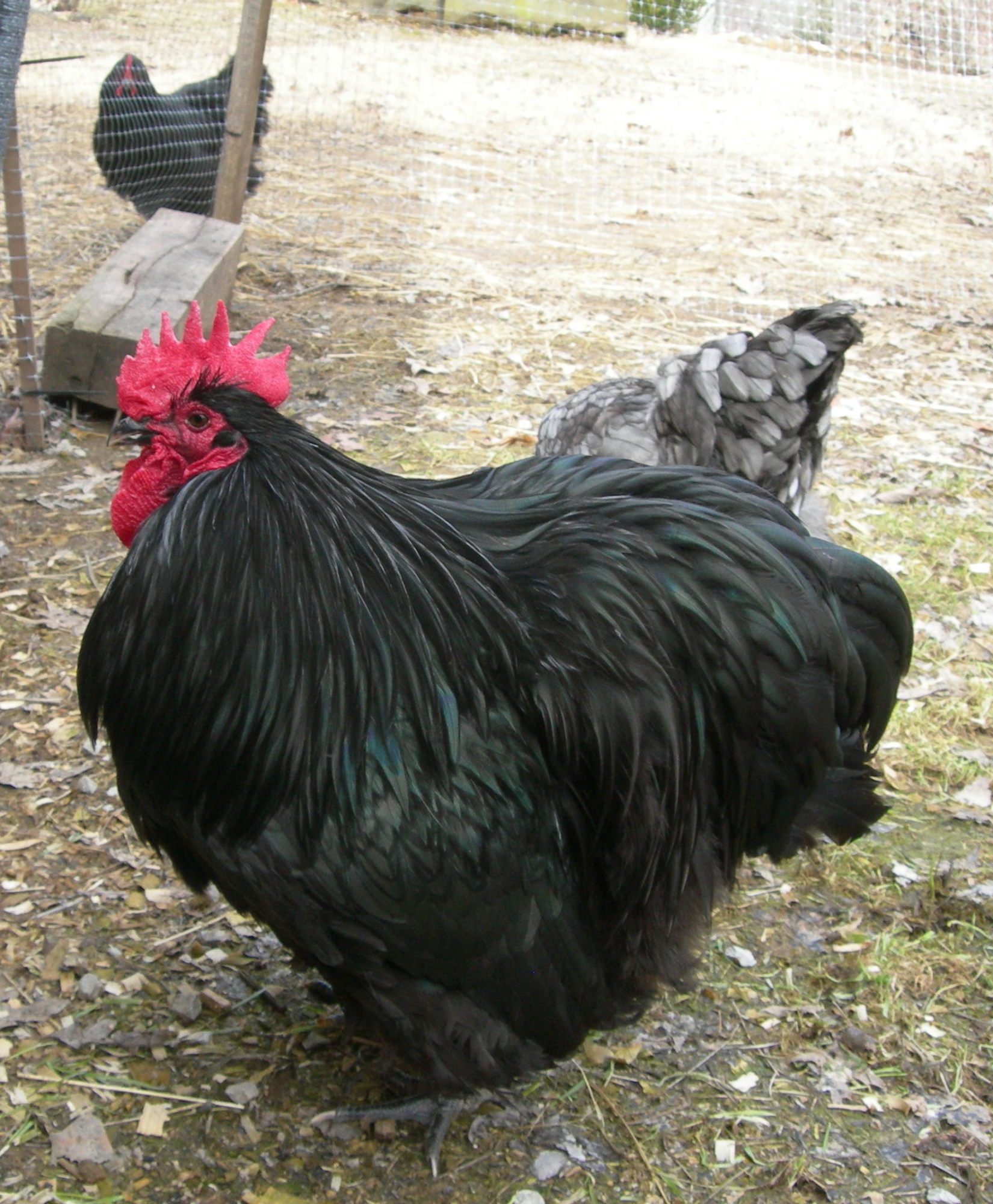Such a nice day. Thought I'd take some pics of the other birds.
Here is KORgo. My #2 Black cock.


Here is a nice young pullet in with my Marans Cuckoo cockerel I am using in my Marans Crele project.


Finally am getting eggs from my White Orp pen. Both pullets are laying.

Only incubating eggs from this one hen and the best Buff Orp cock. Should get some babies with great tails and size.



Still have a few more project birds I can use this coming season.
Like this Spangled pullet. She is gettting near 6 months old

Also have an update of my only Rumpless Orp. She is a good size girl too.
.
On the run look

My Aussie layers special. She is in with some soon to be culls and one Blue who I can find a use for

Here is KORgo. My #2 Black cock.


Here is a nice young pullet in with my Marans Cuckoo cockerel I am using in my Marans Crele project.


Finally am getting eggs from my White Orp pen. Both pullets are laying.

Only incubating eggs from this one hen and the best Buff Orp cock. Should get some babies with great tails and size.



Still have a few more project birds I can use this coming season.
Like this Spangled pullet. She is gettting near 6 months old

Also have an update of my only Rumpless Orp. She is a good size girl too.
.

On the run look

My Aussie layers special. She is in with some soon to be culls and one Blue who I can find a use for







